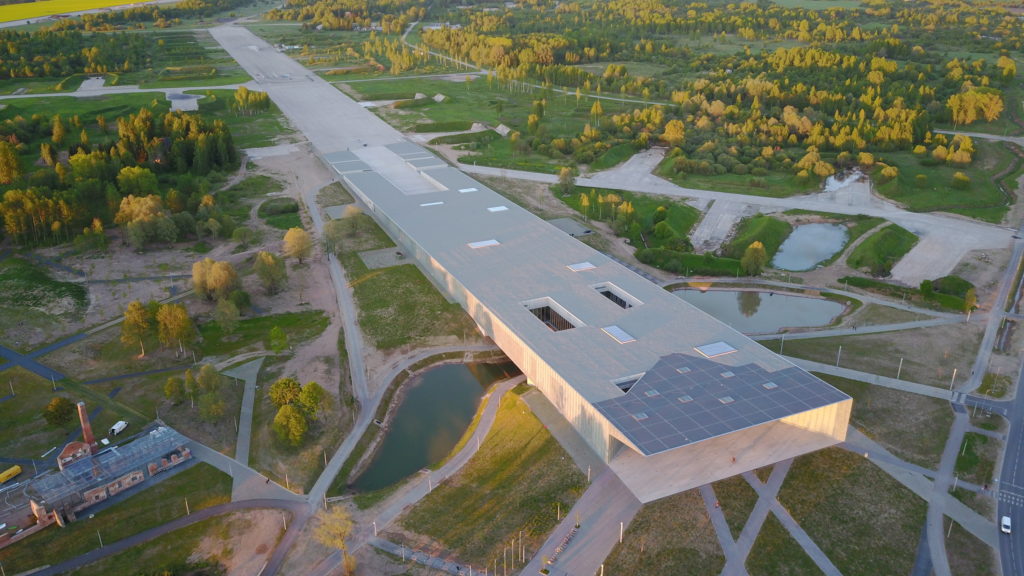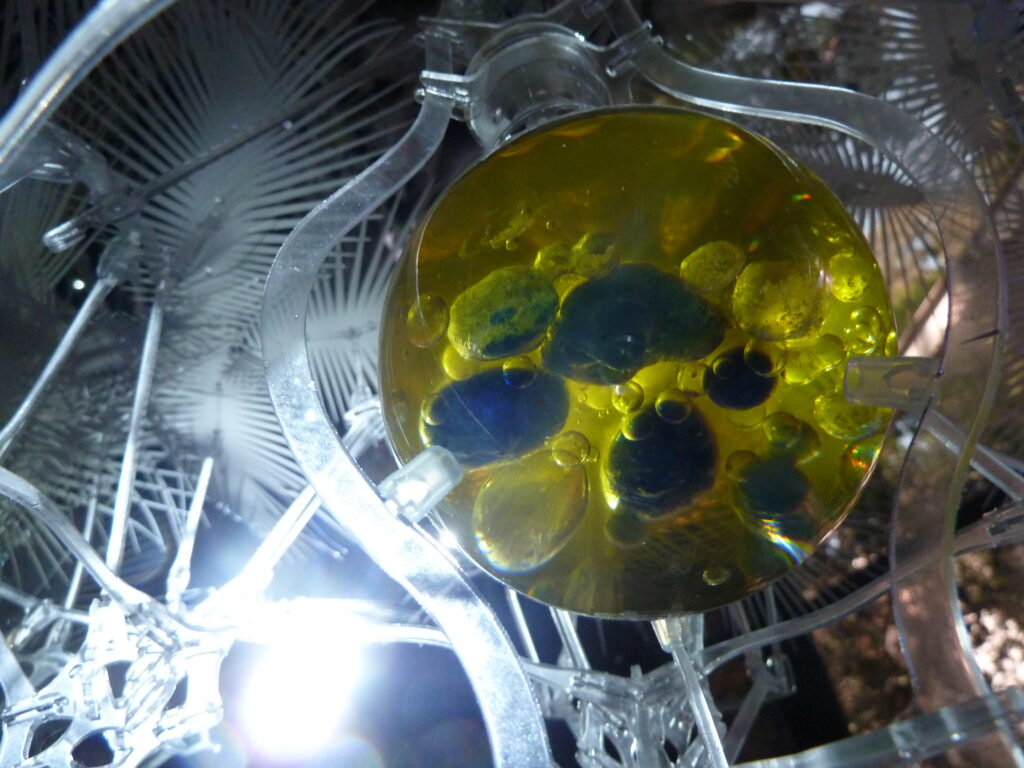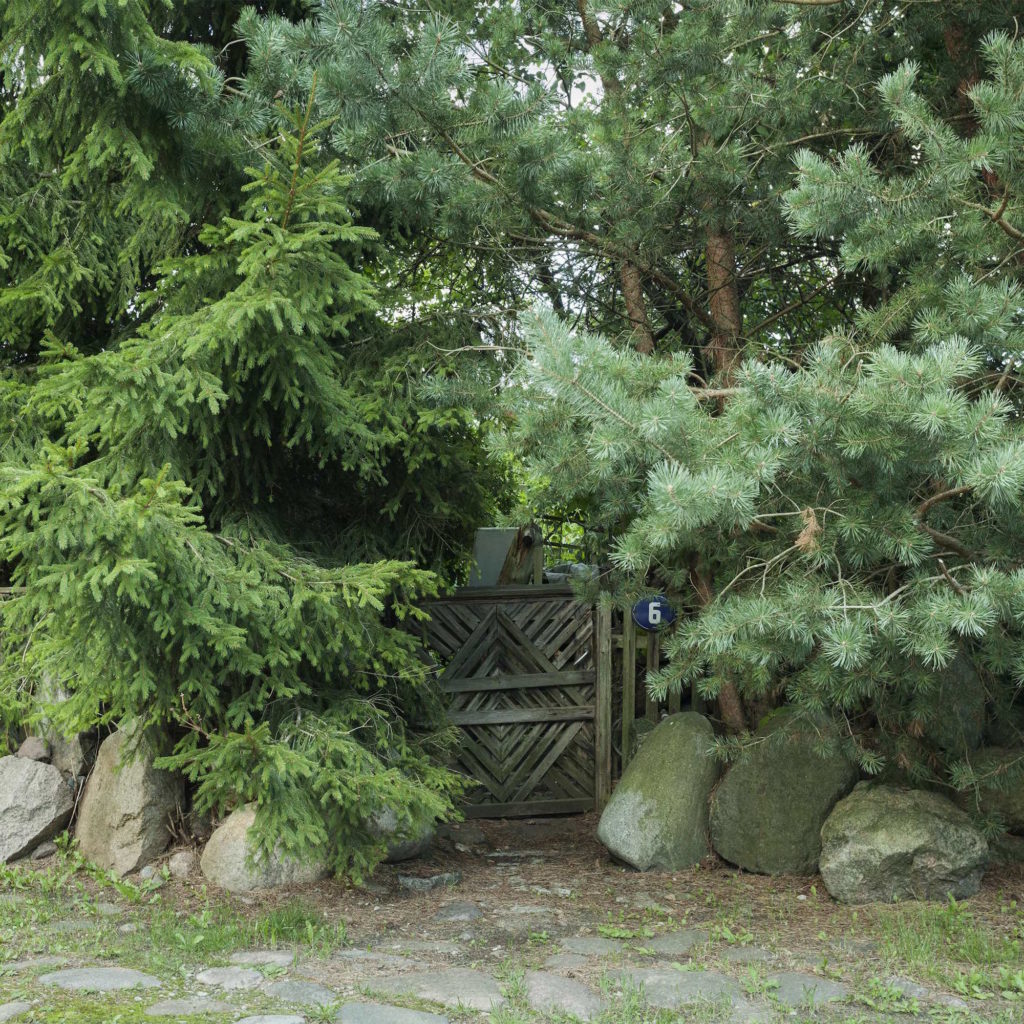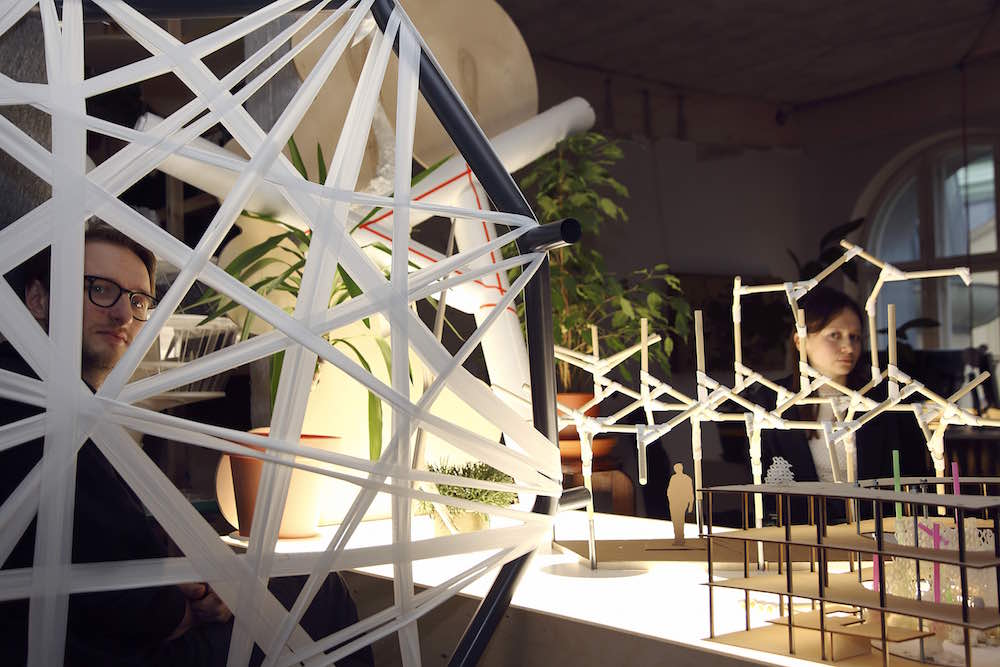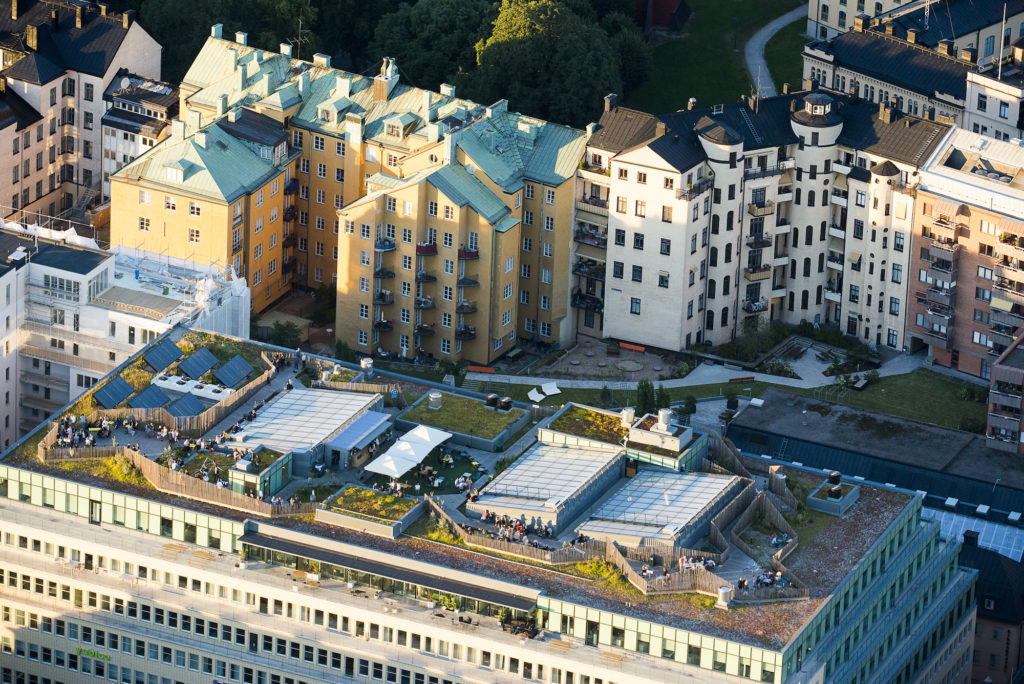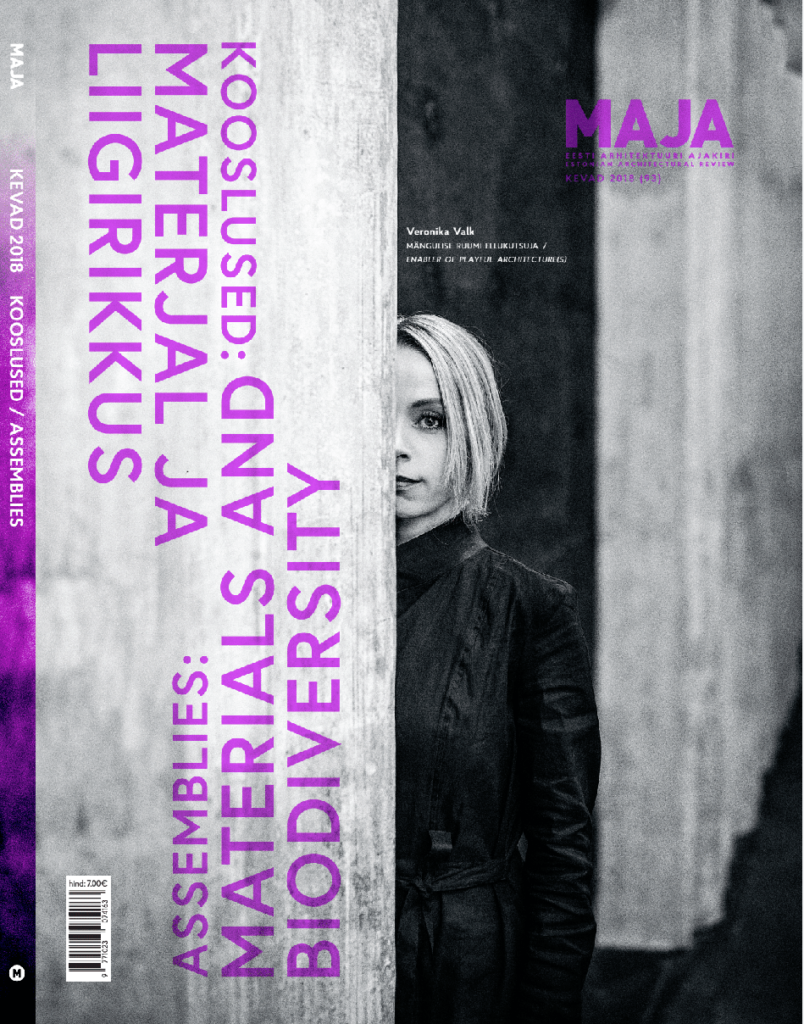Spring 2018: Materials and Biodiversity
Material use which takes advantage of its specific properties lessens the chance of later unwanted changes in the original architectural design and guides the user experience. What stops architecture from taking the helm in material innovation?
As part of her research for PhD thesis, Marianne Jõgi designs and builds objects which on the surface appear as installation art, yet on a deeper level raise meaningful questions about architecture.
There is an ongoing discussion how to reach novelty in architecture with computation-driven tools, combining material knowledge with fabrication possibilities. In an attempt to seek for the new spatial qualities emerging and deepening the collaboration between the stakeholders of construction, we discuss it with experimental architect Rachel Armstrong, fiery engineer Manja van de Worp and innovating fabricator Jelle Feringa.
A research project at the Estonian Academy of Arts brings together local timber house manufacturers, digitally skilled architects and engineers to collaborate for more efficient and structurally intelligent architecture.
A rooftop landscape in Stockholm is a case study to create natural biotope in urban public space for people to use it and gain a year-round experience of the city's nature.
The city dwellers have a smaller ecological footprint, yet as the cities grow, we must also preserve and maintain biological diversity in urban areas, which, among other things, also helps to ensure the high living standard for its residents.
Postitused otsas

